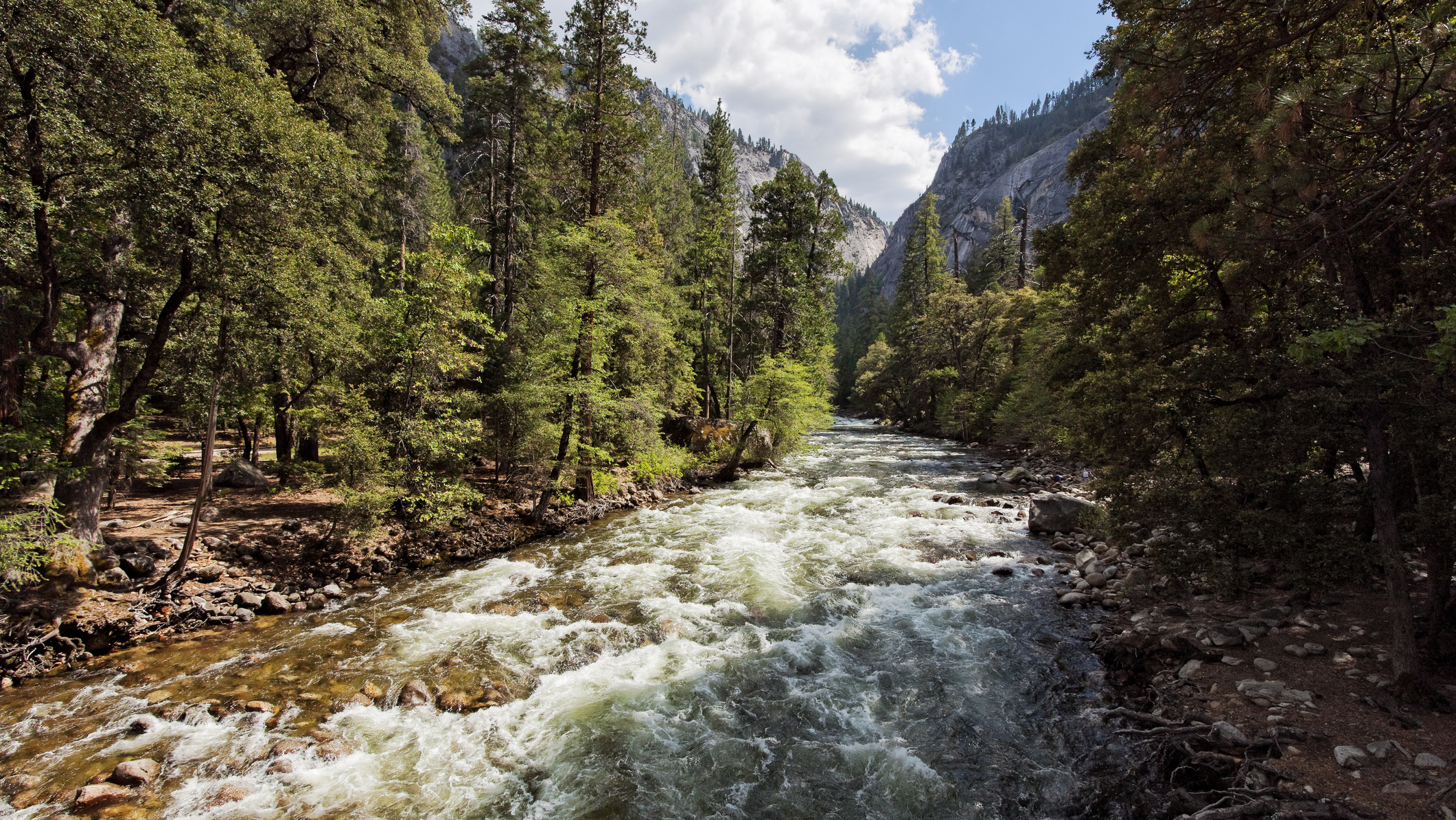Yes, technical hiking leggings are a thing – 4 reasons why I’ve started choosing them over traditional walking pants
Who knew leggings could make such reliable hiking legwear?
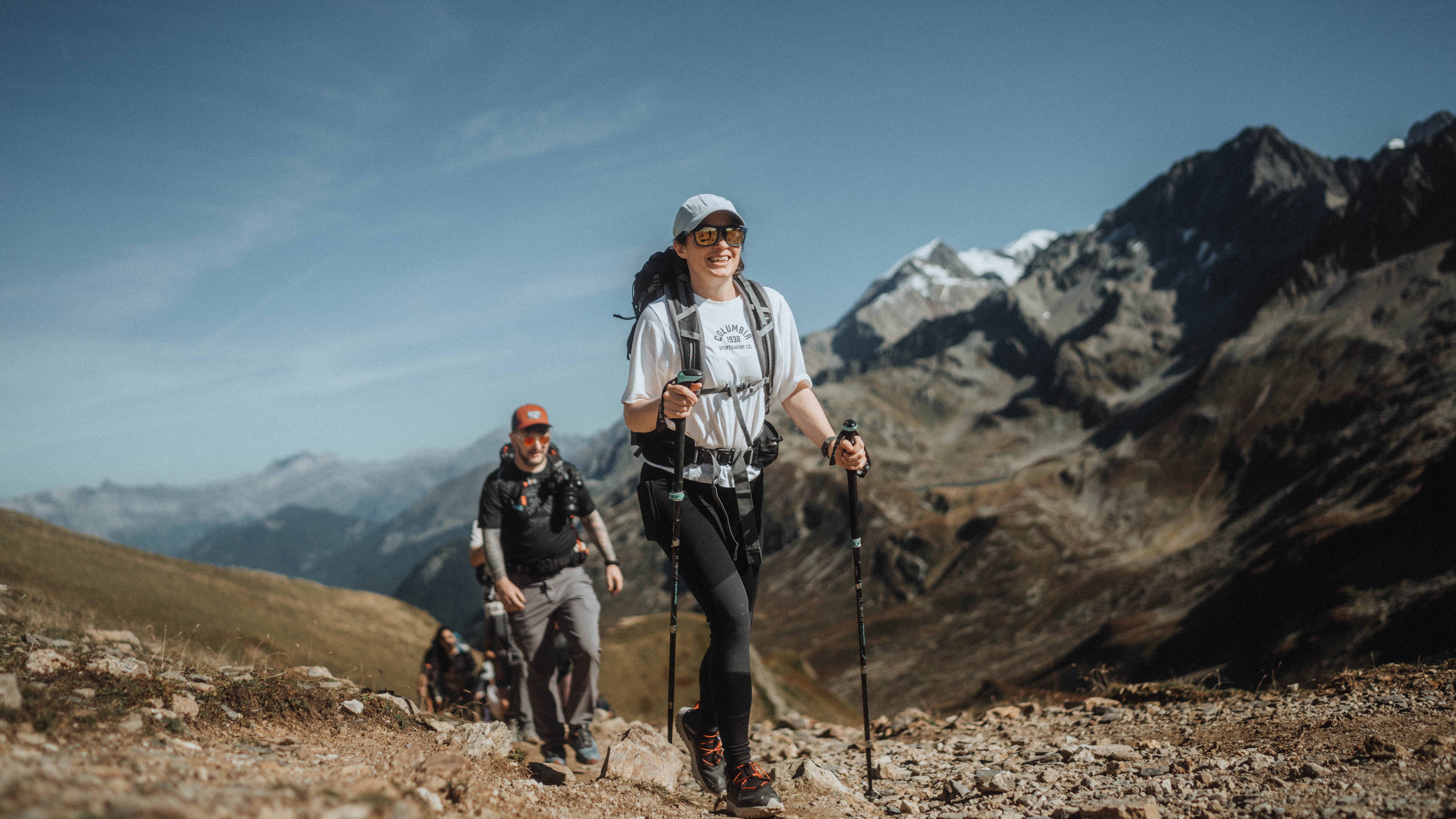
I never used to consider leggings to be a suitable option for hiking. I’m a yoga teacher, so I own piles of them, but most of them don’t offer enough protection for the type of rugged hiking I like to do, and the more robust styles seem to get wet and heavy if it rains.
I also own lots of great traditional hiking pants that fit a little looser and are quite comfortable, like my Black Diamond Alpine Softshell Pants, so it never occurred to me to try anything else once the weather turned cooler. I kept my leggings for yoga and running and wore regular trousers for hiking.
Fortunately, over the past couple of years, technical hiking leggings have come along to prove me wrong. First, there was the Montane Ineo Pro pants, made out of a more familiar hiking pant material but in the cut of a legging. I got those back in the spring of 2022 and over the past two-and-a-half years I’ve found myself choosing them over more rugged trousers again and again, putting in hundreds of miles in them now.
Then a year ago, I wore a pair of Columbia’s Back Beauty Warm Hybrid Leggings on a hut trip to the French Alps. Those look and feel a lot more like regular leggings but pleasantly surprised me with their robustness and ample storage, and several of the men on that trip said they wished that the leggings weren’t available in their sizing.
This summer, I've been hiking in the all-new Columbia Women's Cirque River II Hiking Leggings which I'm finding near-perfect for their comfortable support and protection that can be worn year-round.
It’s taken a couple of years, but I think I now have to admit that I’m a convert to technical hiking leggings – here’s why I think they’re so great.
Advnture Newsletter
All the latest inspiration, tips and guides to help you plan your next Advnture!
1. They’re more comfortable than traditional pants
I know, comfort is a subjective thing, and it’s true that even the wrong pair of leggings can be uncomfortable. In general, however, I’ve found that the added stretch and the lack of a button-and-fly waistband eliminate a lot of the potential for discomfort that I often experience with traditional pants.
This is most obvious when I’m sitting down for lunch or using the hip belt on my backpack, which is just about any time I’m hiking. If you’ve ever used a hiking backpack, you’ll probably know that the hip belt doesn’t necessarily jive with the waistband of your hiking pants, especially if you’re wearing a belt or your trousers have a plastic buckle. Hiking leggings, however, work with any backpack without creating any pinching or friction.
If you’re not super keen on restrictive waistbands, get a pair of hiking leggings with a drawcord. This allows you to loosen them (which might be necessary if you’re on a backpacking trip where dietary changes can cause bloating), but it means you can also tie them tighter so they don’t slip down while you’re walking.
I will grant you that in very hot weather, leggings can be a little more sweaty around the crotch than looser trousers, but in those conditions, I'd be hiking in a pair of shorts like my North Face Trailjammers anyway.
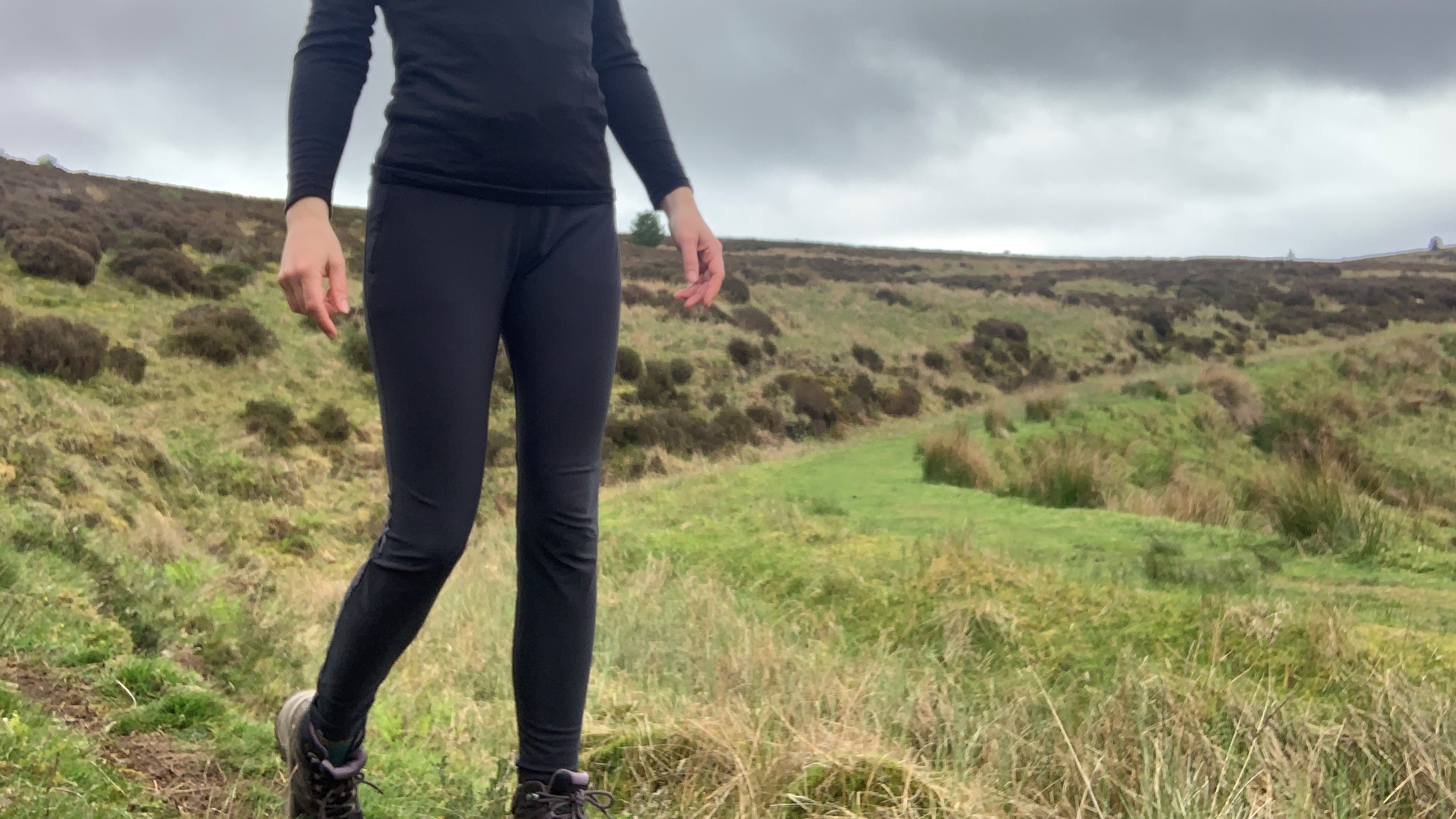
2. They’re easy to layer
In addition to comfort, another reason leggings have grown so popular among hikers is that they’re easy to wear and layer, particularly with hiking gear. Often with a more traditional pair of pants, the waistband is a little uncomfortable next to my skin so I have to tuck my shirt in, something that can feel like a hassle when I’m wearing lots of layers and have to take a bathroom break. With leggings, I can tuck my base layer into my waistband if I want to, but if I can just as easily leave it loose if I want to.
Additionally, even though I have several pairs of hiking pants that I doubt I’ll ever break up with, I have to admit that when it starts raining, it’s not as easy to pull my rain pants on over my beloved Fjallraven Keb Curved trousers as it is my leggings.
On a similar note, I love being able to pull my Darn Tough hiking socks up over my leggings and then put on any height of hiking boots without the cuffs of my pants getting in the way.
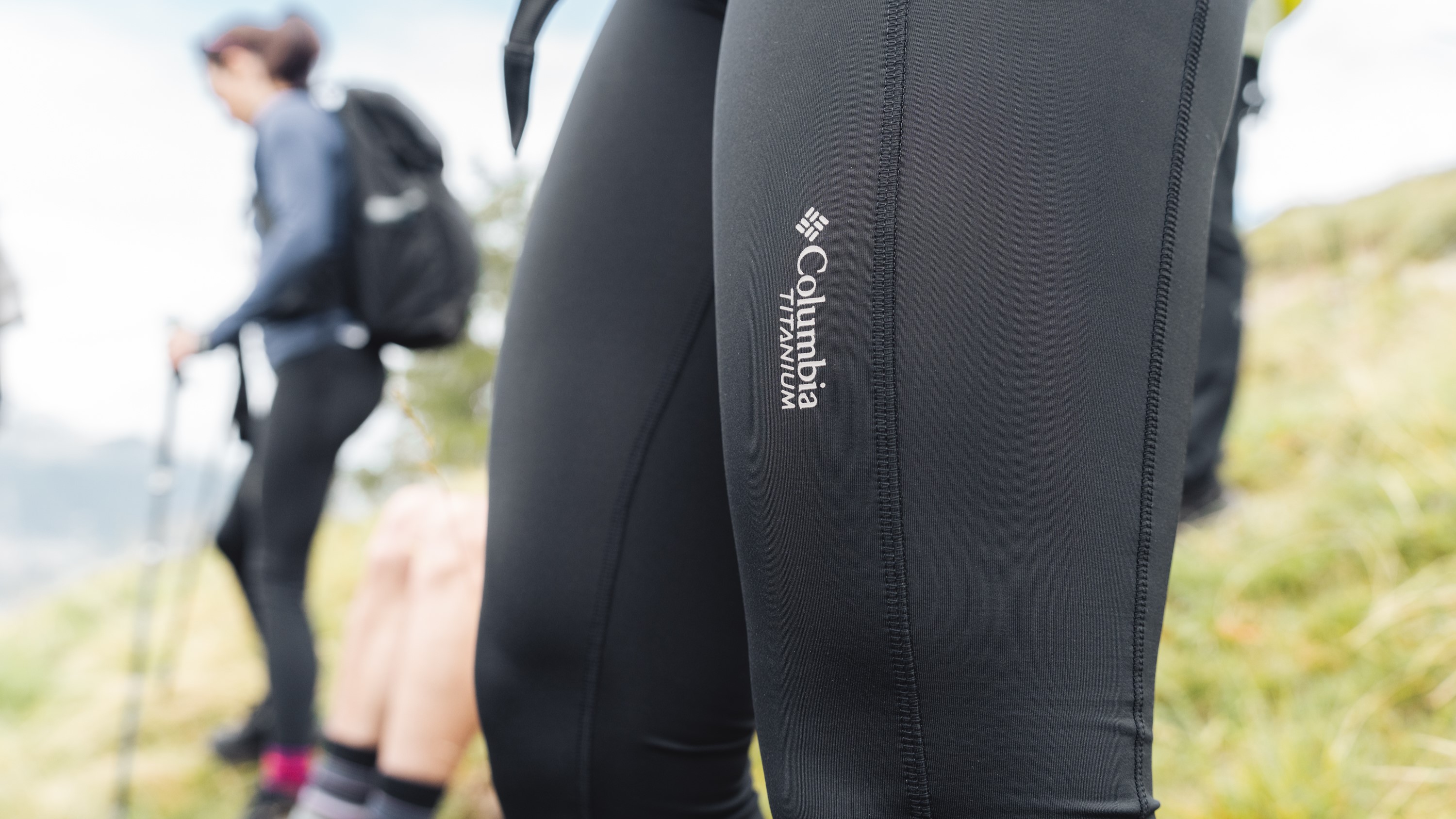
3. They’re tougher than they look
Leggings might not seem like they’re tough enough for scrambling over sharp rock or wading through prickly undergrowth, and it’s true that your standard yoga pants probably aren’t. Technical hiking leggings, however, are built to withstand the types of rough surfaces and sharp edges you’re likely to encounter on the trail. In general, they’ll be made using a denser (more tightly woven) material that is surprisingly durable – don’t worry though, they’ll still be stretchy enough for clambering over boulders.
True hiking leggings will also have abrasion-resistant panels in areas that tend to take the most abuse, such as the knees and seat, and because they’re not loose they’re not likely to snag on obstacles like overgrown trails and crampons.
They’re also built to withstand a little wind, repel moisture, and be dry quickly if they get wet, so you’ll get decent protection against the weather even without waterproof trousers over the top.
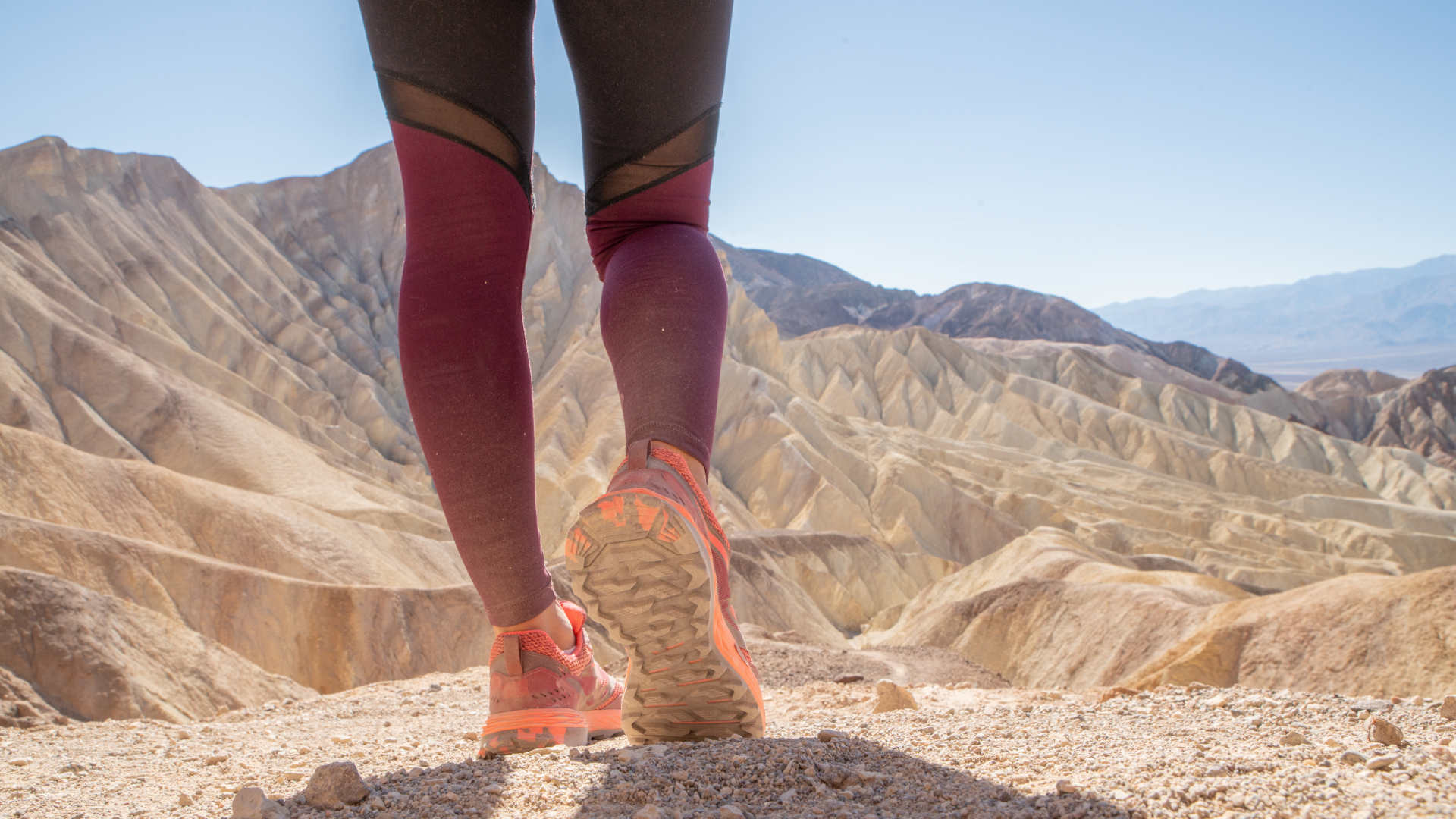
4. They’re more versatile than regular pants
Finally, I know this isn’t a benefit for everybody, but if you’re like me and enjoy brisk adventures in your trail running shoes as well as slower saunters, you’ll appreciate the fact that you can wear hiking leggings for mixed-pace adventures.
For a more dedicated run I’ll always wear run-specific leggings which are lighter, but several times I’ve opted for technical hiking leggings when my adventures have involved both hiking and running. First, there was a three-day trail run in the Swiss Alps where the weather meant I needed a bit more protection (and the terrain required a lot of hiking) and my leggings fit the bill without being too warm.
Then when I was fastpacking a long section of Scotland’s West Highland Way last year, I loved being able to comfortably switch between hiking and running, especially when I realized I needed to hurry or I was going to be on the trail in the dark.
Best of all, when you finish your hike you're already dressed for that post-hike yoga session.
Julia Clarke is a staff writer for Advnture.com and the author of the book Restorative Yoga for Beginners. She loves to explore mountains on foot, bike, skis and belay and then recover on the the yoga mat. Julia graduated with a degree in journalism in 2004 and spent eight years working as a radio presenter in Kansas City, Vermont, Boston and New York City before discovering the joys of the Rocky Mountains. She then detoured west to Colorado and enjoyed 11 years teaching yoga in Vail before returning to her hometown of Glasgow, Scotland in 2020 to focus on family and writing.

